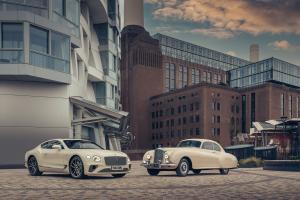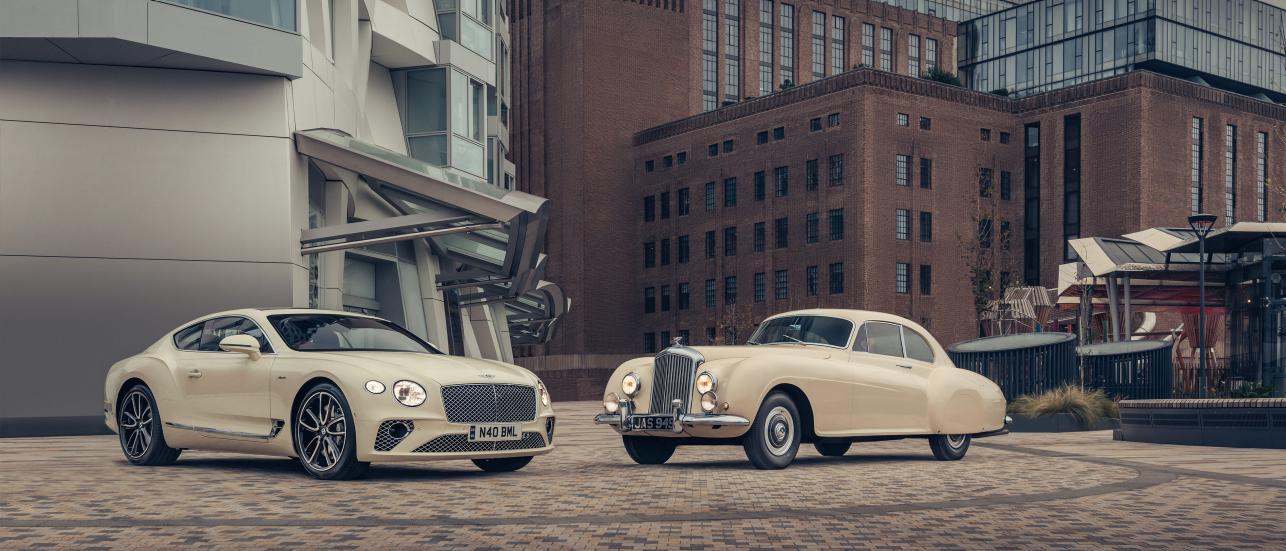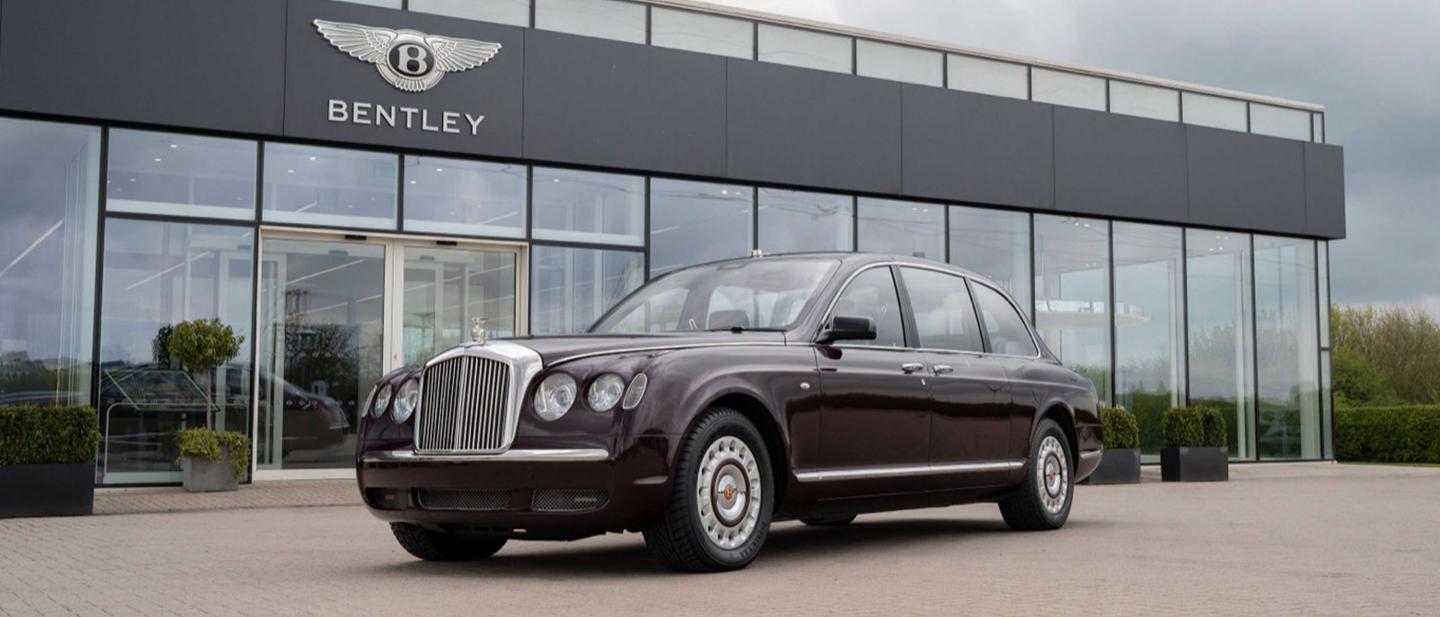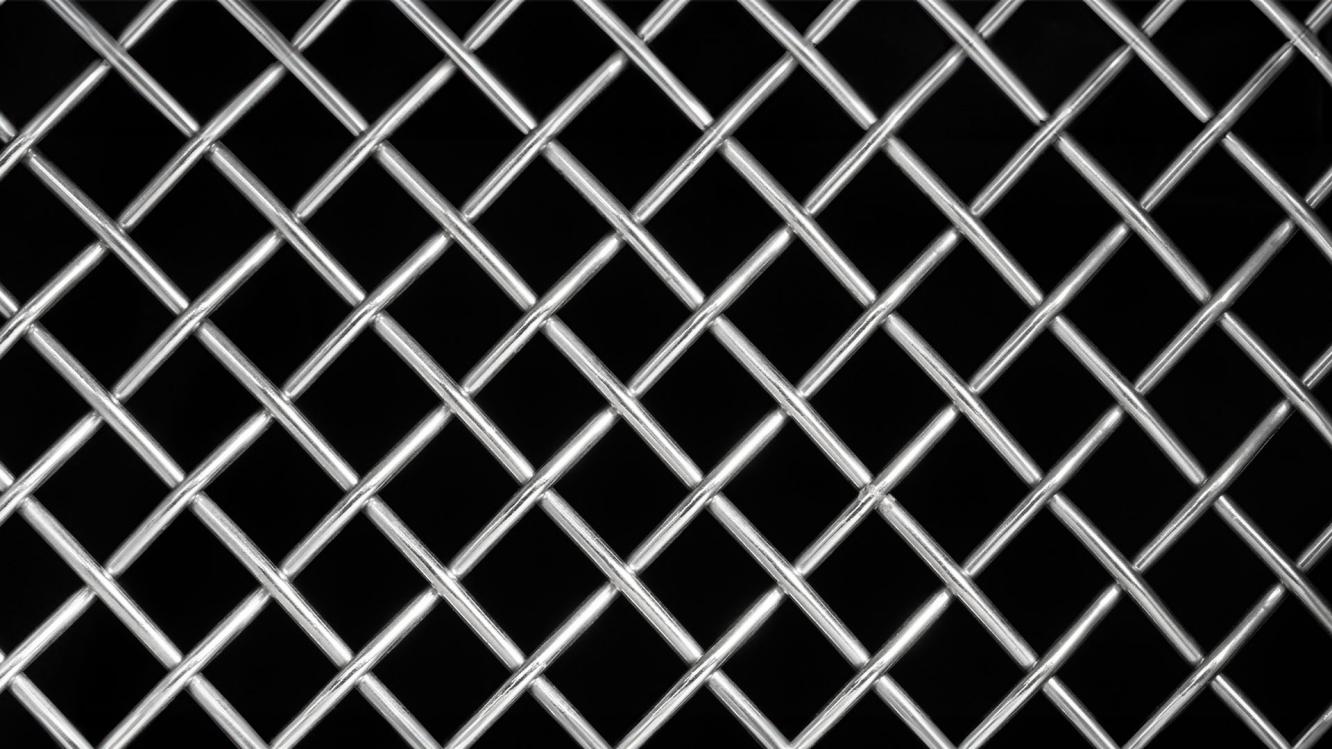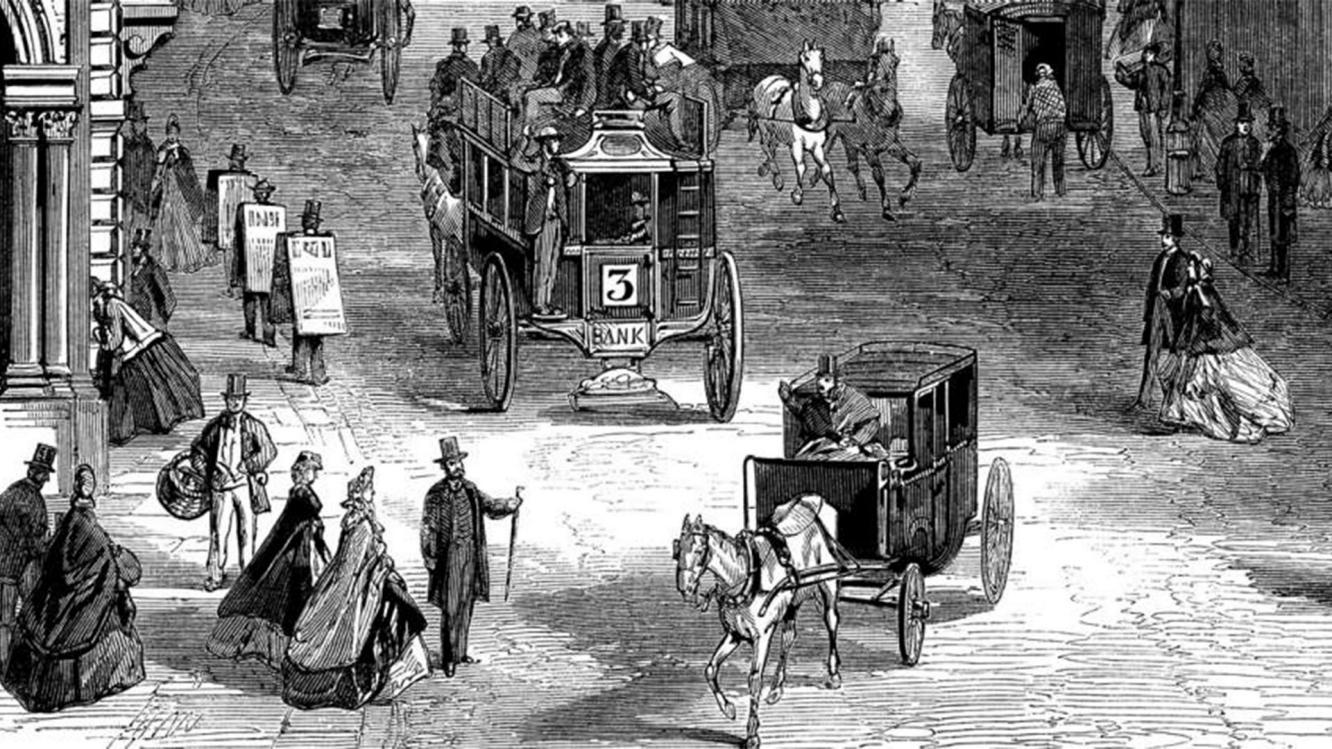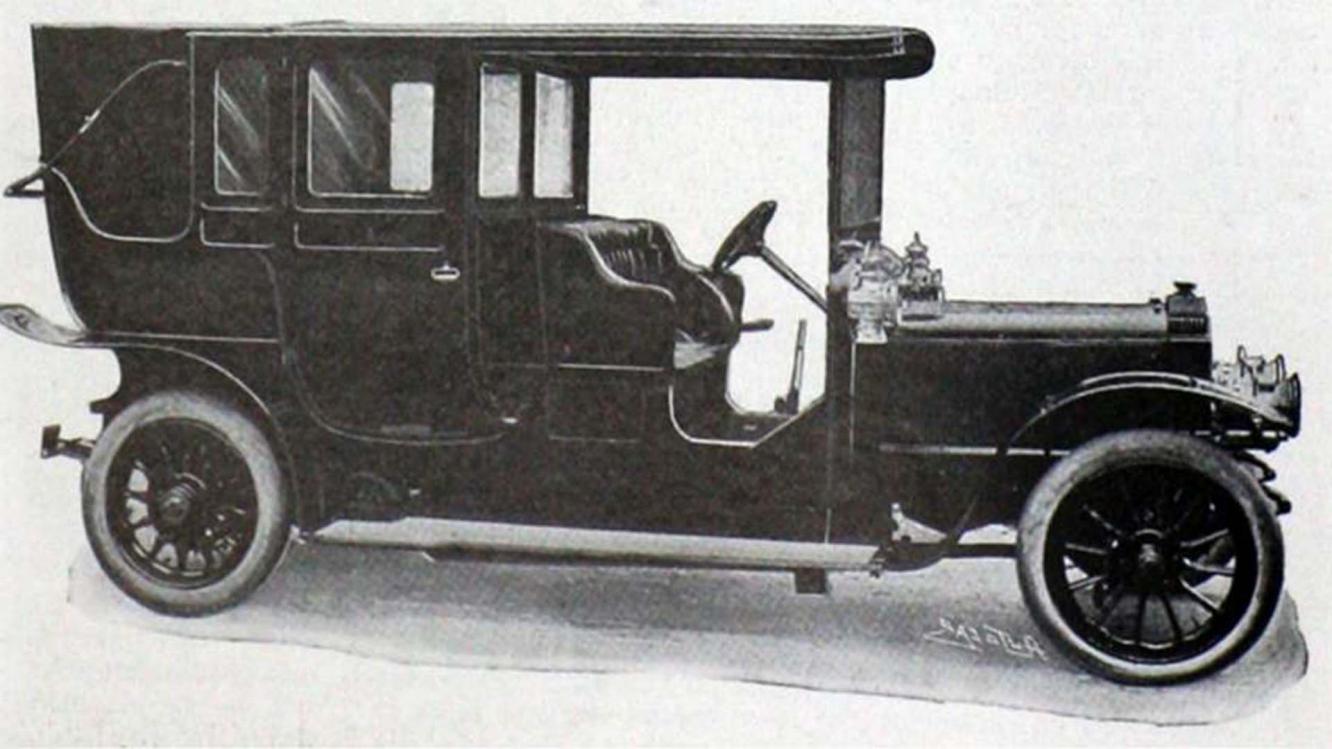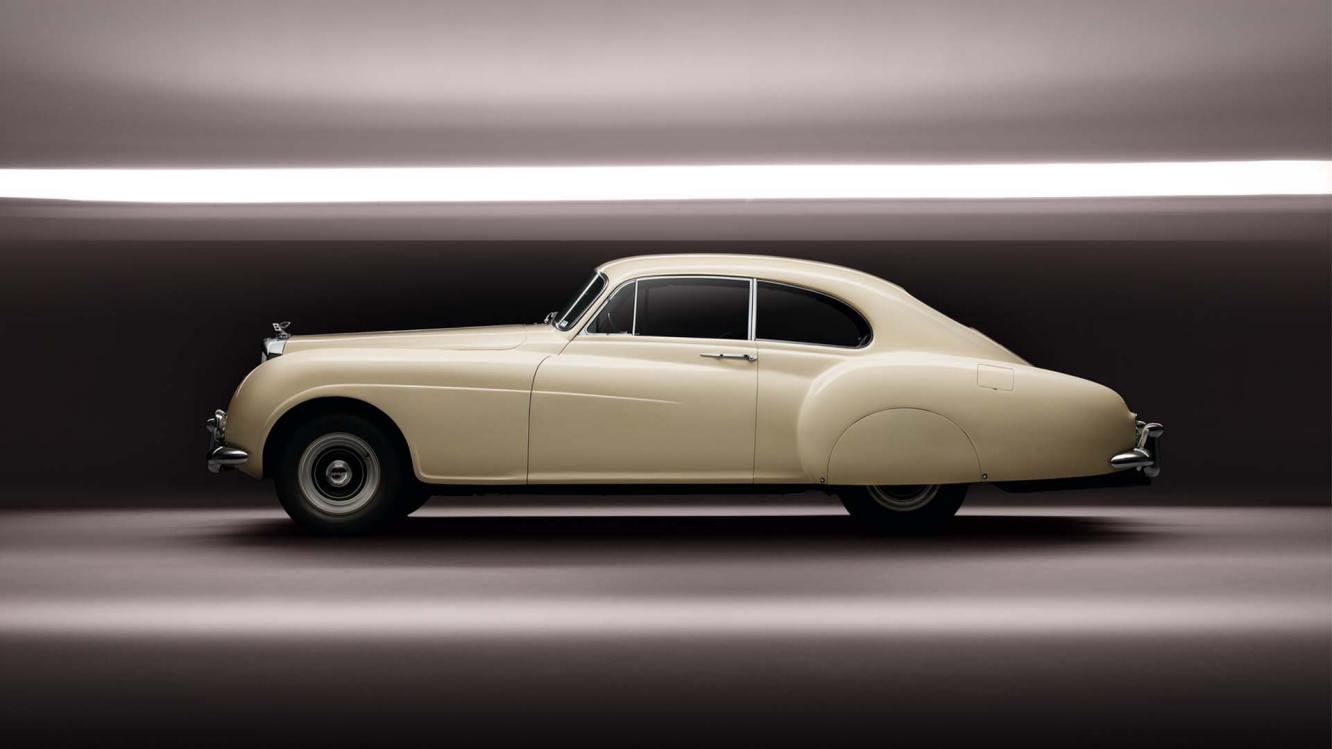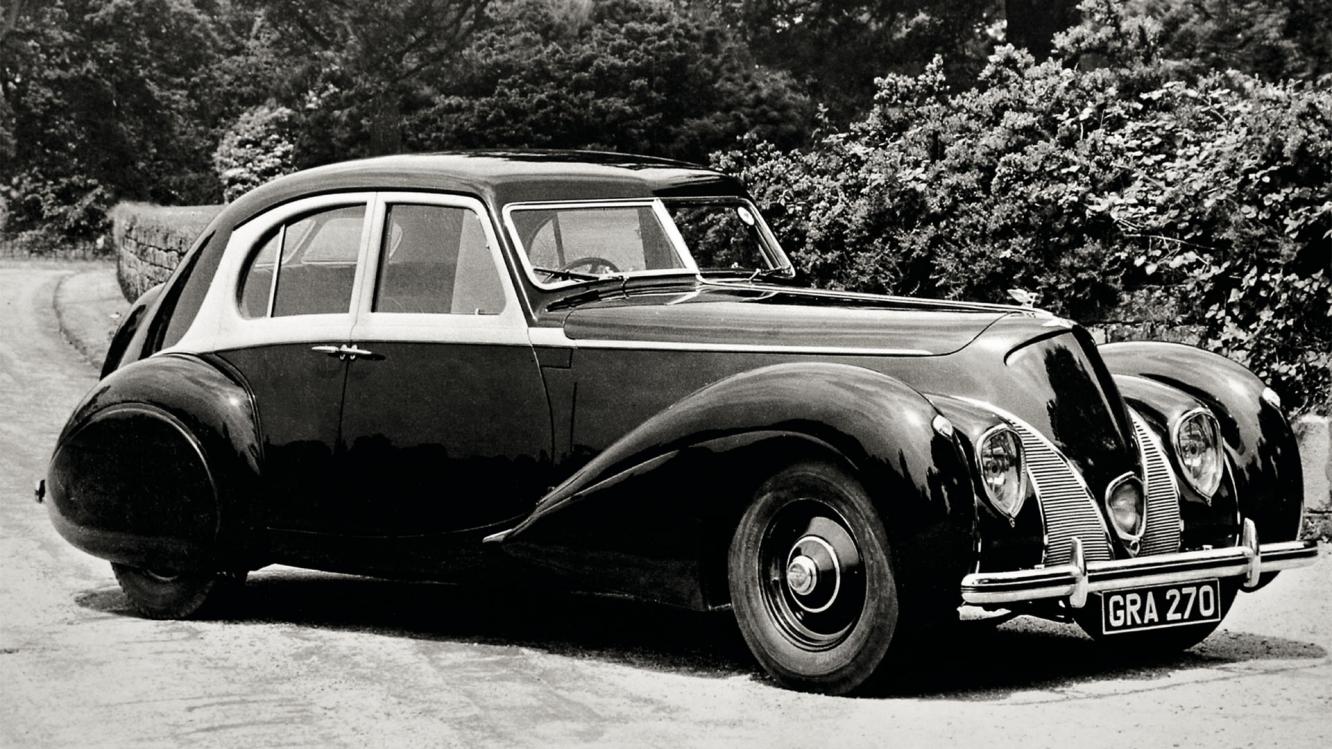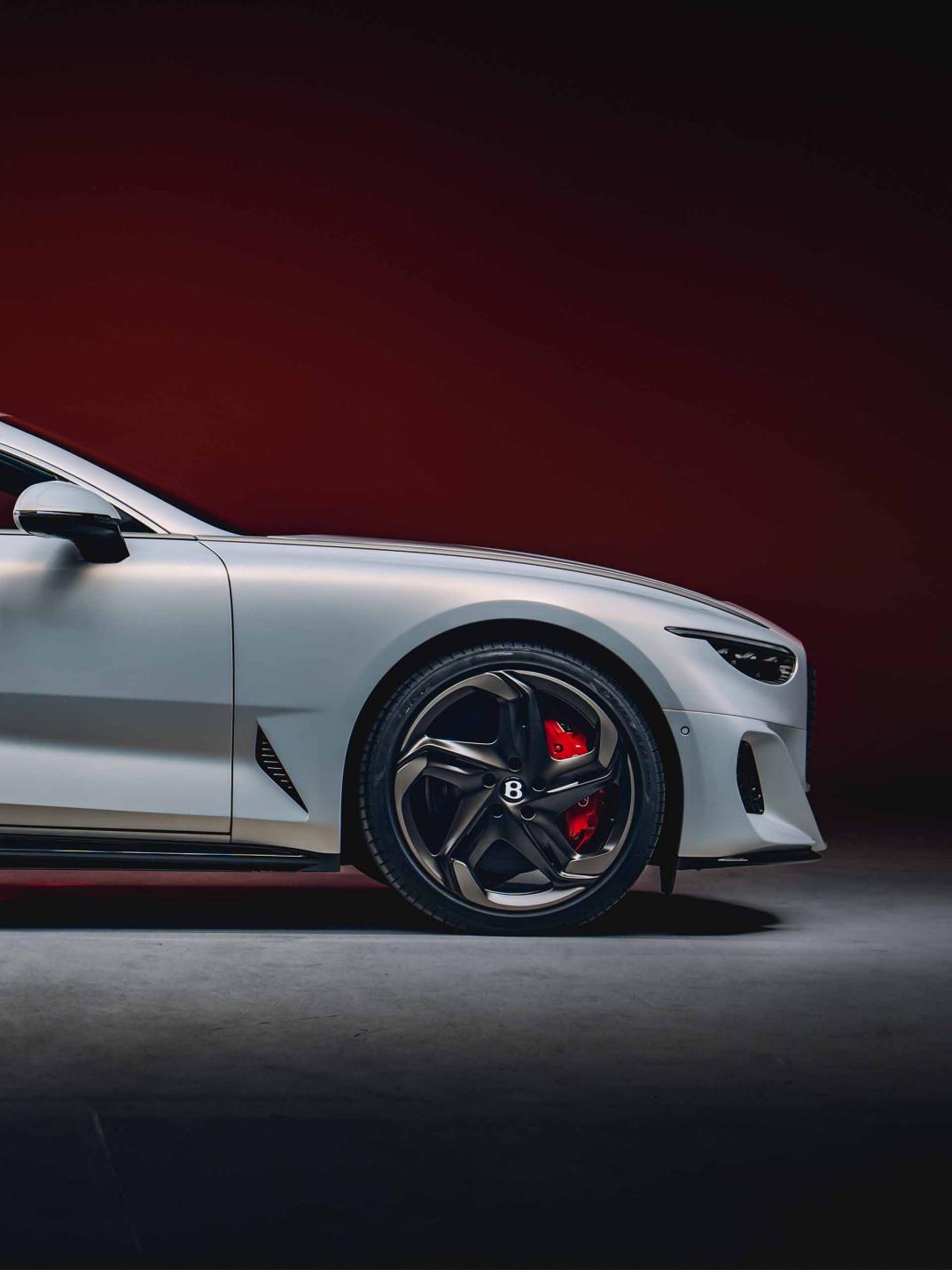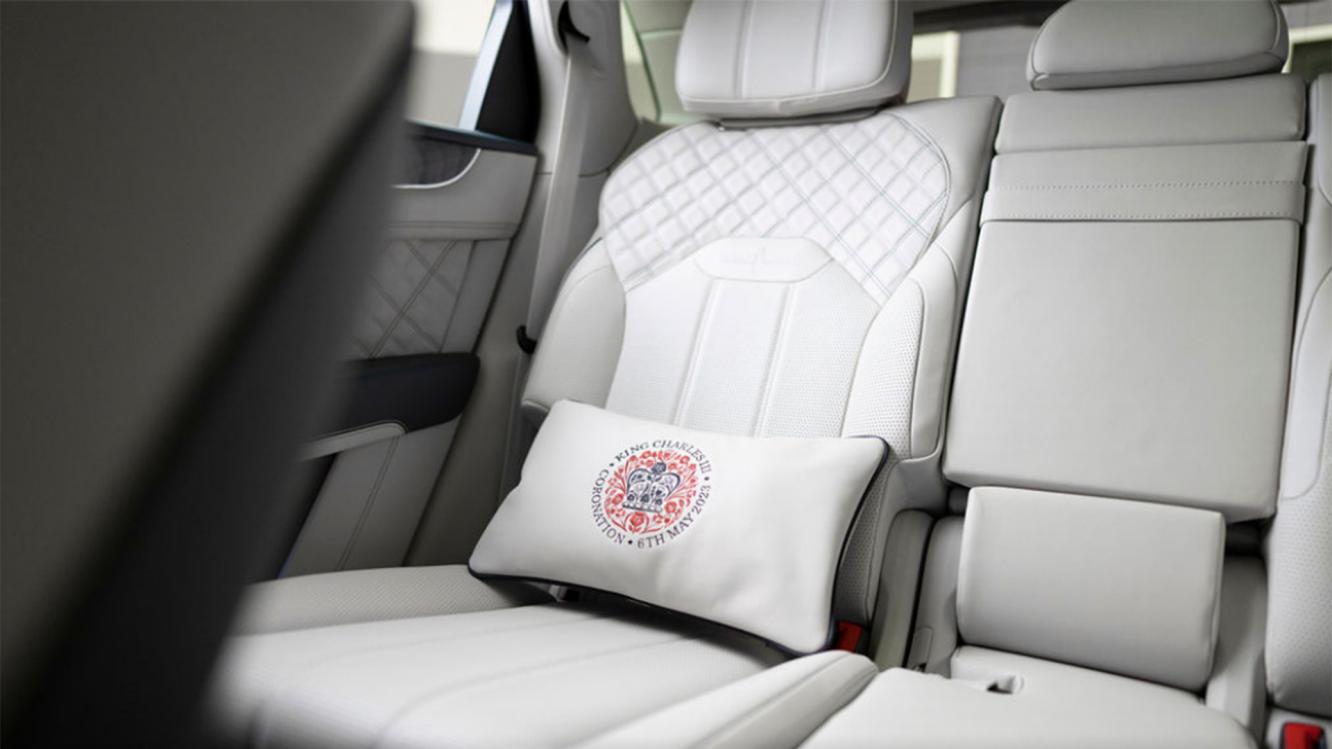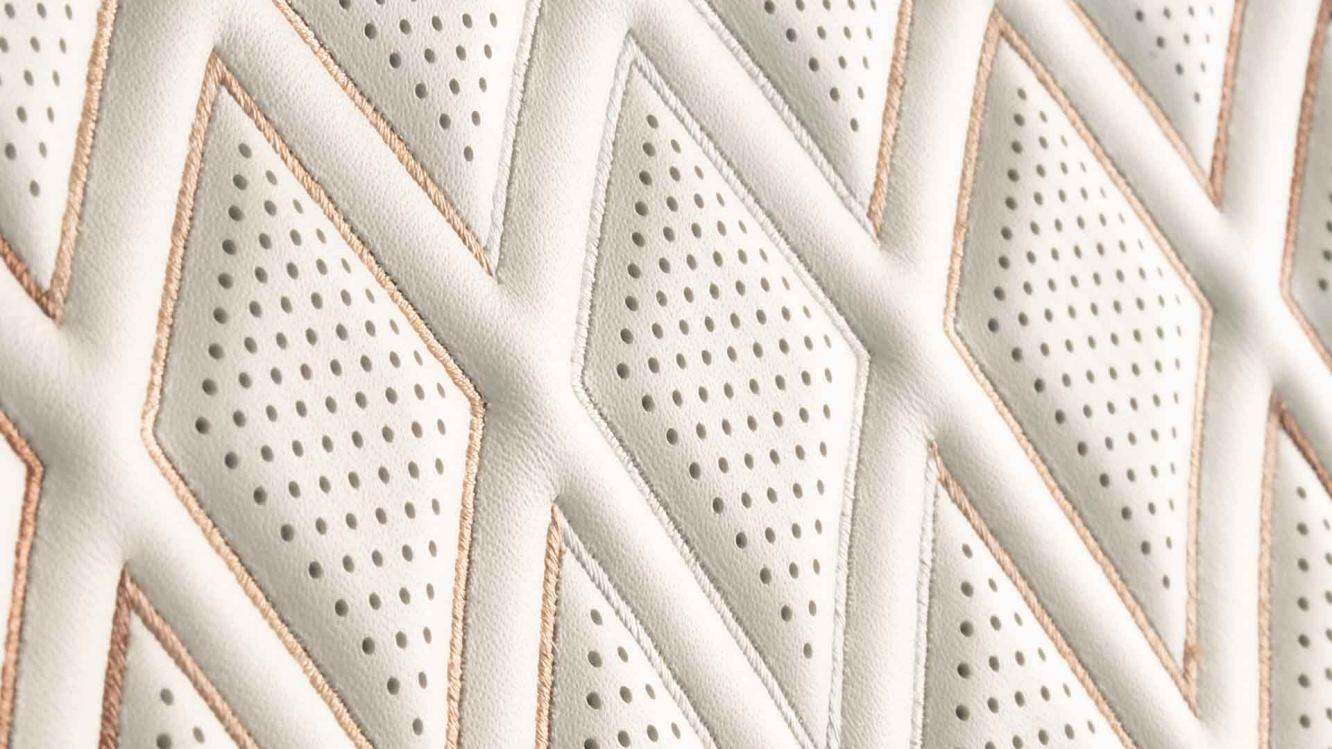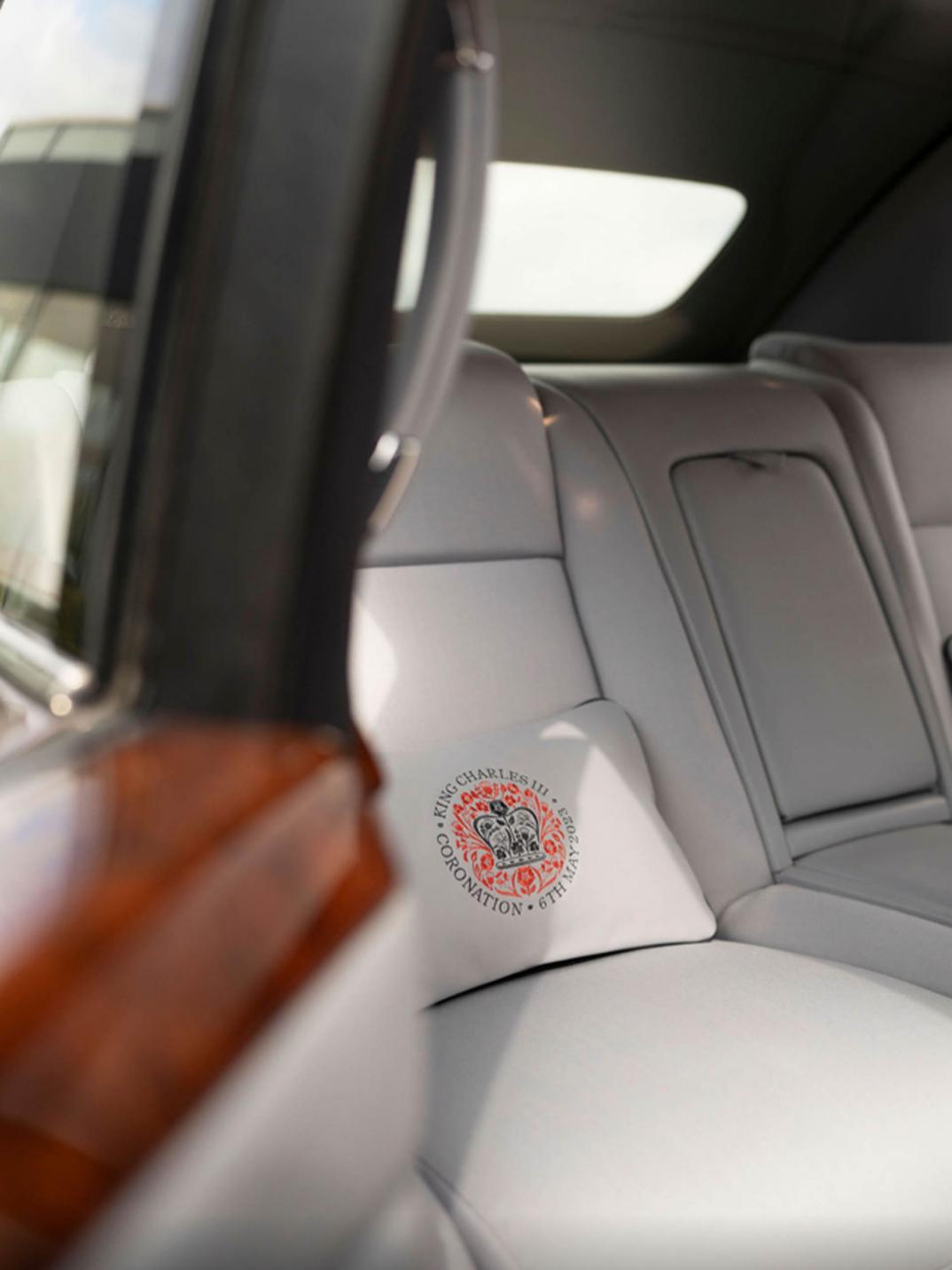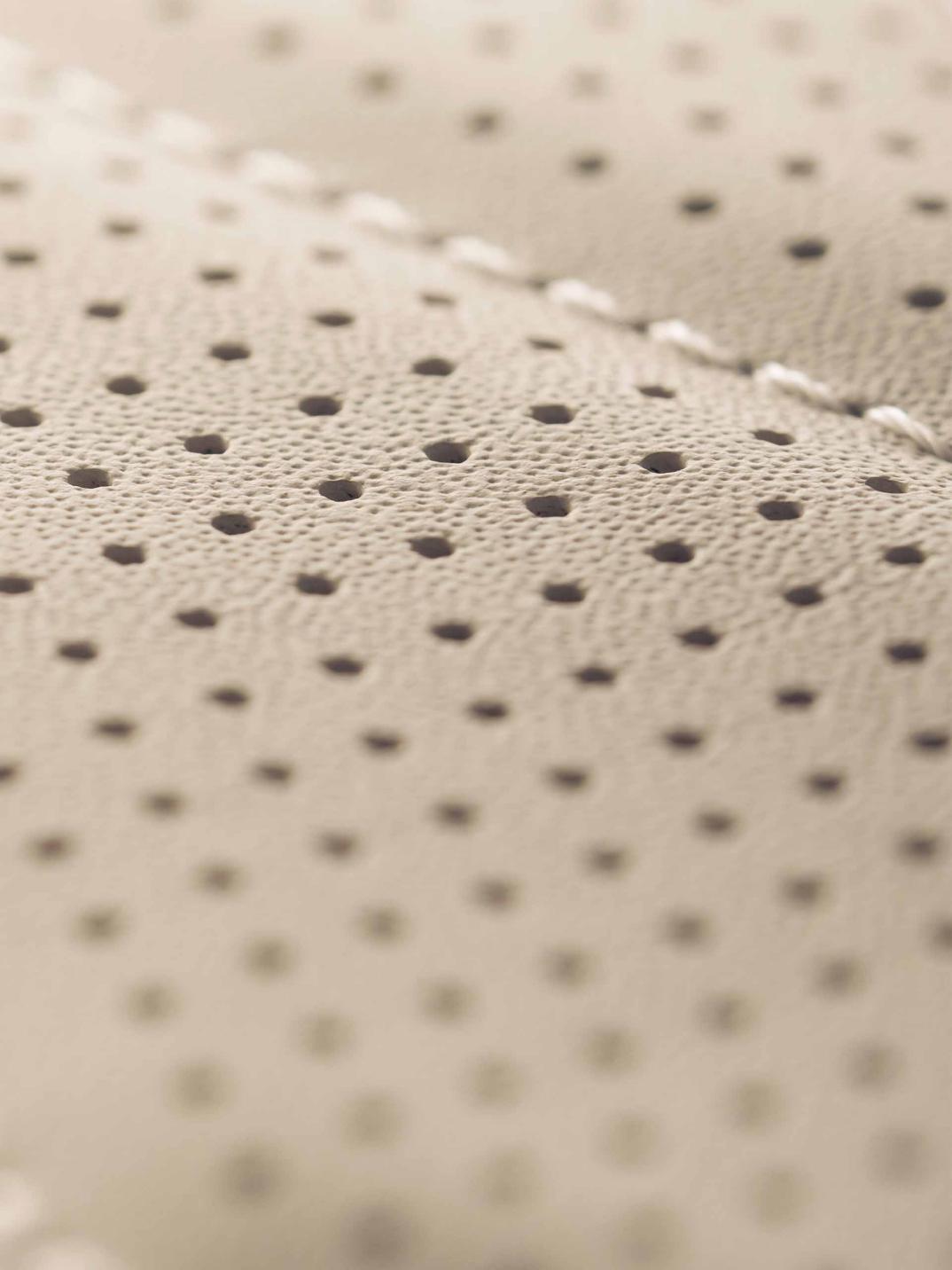The plan to rebuild the car was hatched several years before Mulliner’s involvement, by volunteers from the W.O. Bentley Memorial Foundation and the Sir Henry Royce Memorial Foundation. But lacking in resources, progress on this mammoth project was slow. In 2018, however, Bentley Chairman and Chief Executive Adrian Hallmark asked for it to be brought in house, in order that it could be completed by 2019, when Bentley was due to celebrate its centenary. Using only the technical drawings made in the production of the original prototype, the Mulliner Classic team set about recreating the car. They used original mechanical components from both the Corniche and the Bentley Mark V, while completely remaking its sleek, streamlined body.
